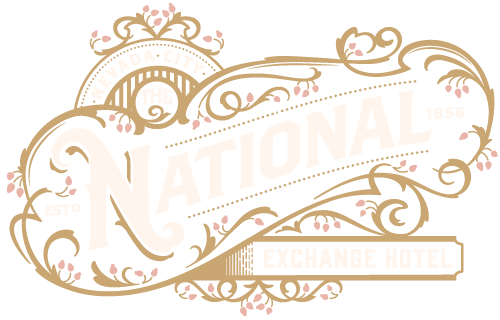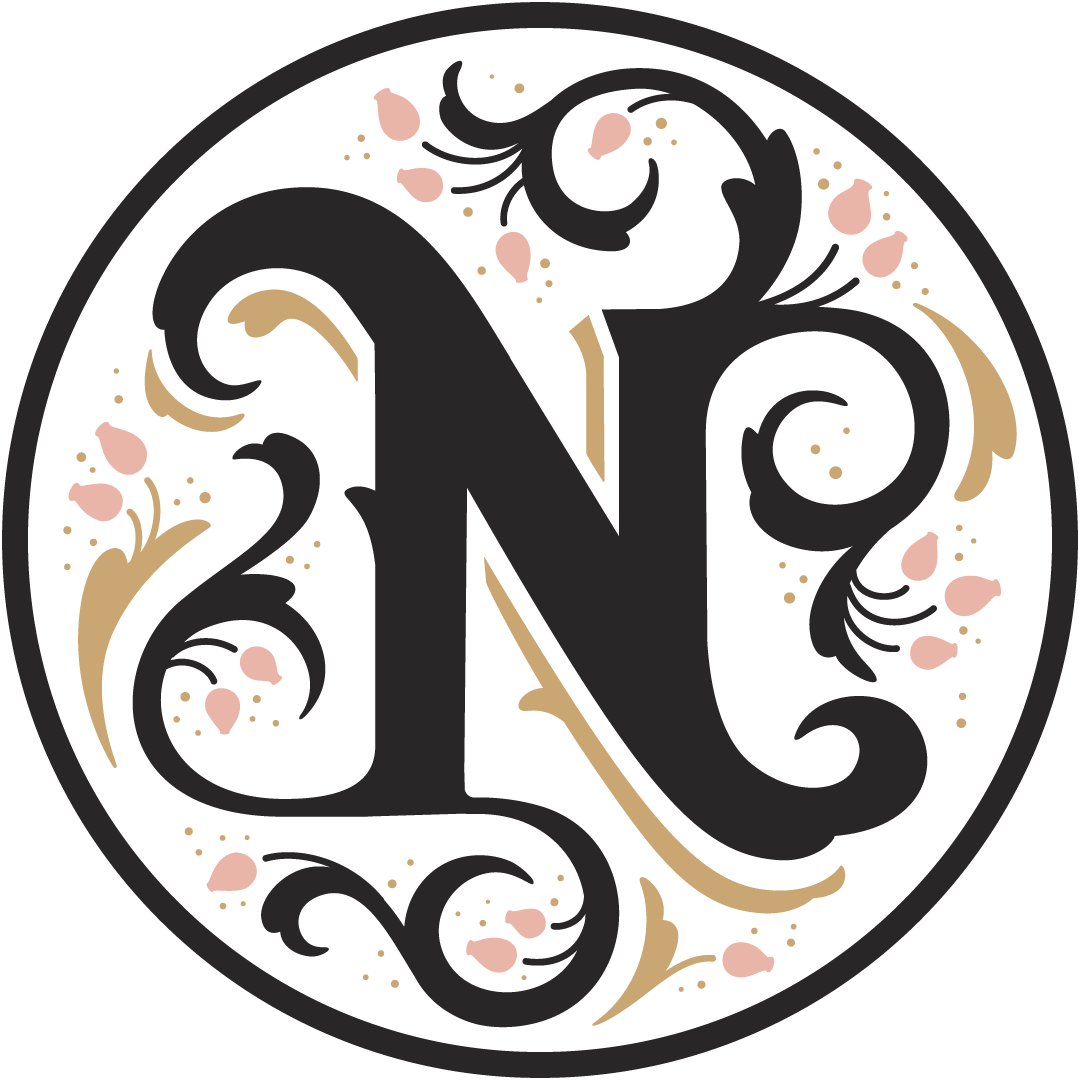Story
If these walls could talk
Nevada City
first known as Deer Creek Dry Diggins, gold was discovered here along the banks of Deer Creek in 1849
The settlement grew quickly as more gold was found. By 1850 it was decided the settlement needed an official name, so, inside a canvas-walled hotel at Main and Commercial streets, ballots were collected. The choice of “Nevada,” Spanish for “snow-covered,” was declared the winning name – it had been a snowy winter! When the state of Nevada took the same name, the town changed its own one more time, to Nevada City. Legend has it that local government adjusted the county lines to make it look like a gun pointed at Nevada’s new capitol, Carson City, in thanks.
1851
Nevada City was the most important mining town in the new state of California
The gold rush boom was on and the town grew to a peak of ten thousand citizens (compared to only a few thousand today in the same area). As it grew in wealth, size, prominence and culture, many merchants, bankers and mine owners built beautiful homes in the surrounding hills. Entertainment was top-notch with the likes of Mark Twain giving lectures in both Nevada City and Grass Valley and dancer Lola Montez performing her exotic Spider Dance.
Yet Nevada City was still a hardscrabble camp – stagecoach robbers, crooked gamblers and claim jumpers were ready to take advantage
In 1853 Broad Street was known for its houses of “bad repute” even though respectable citizens tried to go about their business. “Such nuisances bar many from attending the church…while the pastor needs to possess stentorian lungs to drown the noise and rabble outside.” A modicum of civility eventually began to take hold in the camp, with running cattle and riding horses on the sidewalks finally outlawed. Much of the town was still built of canvas and wood, with clusters of tents and closely packed shake-and board-shanties thrown together by the miners – easy prey for an overturned lantern or an unattended candle. Seven major fires ripped through Nevada City between 1851 and 1856, repeatedly destroying much of the town. To safeguard against yet further fire damage, more substantial brick buildings with iron shutters on their doors and windows began to be built.

ENTER THE NATIONAL EXCHANGE
A few of these sturdy brick buildings were known as the Bicknell Block, constructed in stages between 1854-57: three common-walled buildings of a simple construction and embellished with Classical Revival ornamentation. In 1856, Dr. Bicknell leased his “commodious and strictly fireproof bricks” to hotelmen Pearson and Haley who,
on Aug. 26, 1856, opened their new hotel, named the National Exchange – “handsomely fitted up to accommodate permanent and transient boarders in style unsurpassed in the state.”
Rave reviews proclaimed the new hotel an immediate success
“This house … by far the best establishment that has ever been opened in our city … continues to do business commensurate with its superior accommodations … elegantly and newly furnished throughout.” “Messrs. Pearson and Healy are deservedly as popular as they are polite and obliging to all. The bar is under the charge of Tom Henry, as well known for his brilliant attainments in the line of his profession as for the excellence of his beverages …”
As well as providing upscale accommodation and sustenance, the National Exchange served as a major travel, transportation and communication hub through the years.
In the late 1800s the hotel housed the first town telegraph office
A major stagecoach stop was steps away from the barroom doors. Even the United States Post Office had its home here until 1942. As an ever-changing social center, the hotel adapted to the needs of the town: buildings and balconies were added and taken away, rooms were moved or even walled off (Room 209, one of our beautiful rooms off the veranda, was rediscovered behind walls in the renovations), a coffee shop replaced the more formal restaurant, a swimming pool came and went… all with generations of visitors adding their own stories, legends and lore to the rich history that is now a cherished landmark.

a new chapter
In 1973, The hotel was listed in the National Register of Historic Places. Built to last, this elegant lady had nevertheless begun to look a little rough around the edges. The hotel was saved from the growing threat of condemnation in 2018 with a full-scale renovation and restoration. Over the next three years, local architects, designers and craftspeople worked to preserve the charm and history of this treasured property while revitalizing it into the modern day – taking great care to pay respects to the heart and soul of the original building. The National Exchange Hotel has now graduated to a new level of luxury, beautifully modernized, revived and renewed for today’s explorers, romantics, and adventurers.
Come be a part of history
Nevada City today
Many California gold rush towns have disappeared into the pages of history, yet Nevada City has rebounded time and again to emerge as a unique blend of yesterday and today.
We love Nevada City for its architecture, its bohemian, inclusive, eclectic-yet-down-home vibe, its music and art, its delicious restaurants, lively bars, film festivals and farmer’s markets – all nestled among the foothill pine, cedar and oak, the rivers, lakes, and nearby mountains.
Boutiques, antiques and unique shops rub elbows with local ice creameries, BBQ, sushi houses and historical sites in the bustling downtown.
The California Arts Council has formally recognized the downtown area as a Cultural District, honoring the evolution from a rough gold-mining camp to an arts and music magnet and a haven for outdoor adventures. Where gold-hungry miners once toiled, culture now thrives. Each new day in Nevada City is full of adventures waiting to be explored.
Special thanks to www.nevadacitychamber.com and Bob Wyckoff at www.theunion.com for invaluable information on Nevada City and National Exchange Hotel history
Lola Montez
A smart, successful, adventurous woman who lived larger-than-life on her own terms
Known worldwide as a dancer, actress, courtesan, mistress, author, activist and lecturer, she reinvented herself time and again, exploiting the highs and lows of the performing arts. Multiple marriages, mysterious deaths, various romantic affiliations and political intrigue across numerous countries characterized her wild and varied life. Born in Ireland as Eliza Gilbert, Lola lived in Grass Valley for a brief time, performing her notorious “Spider Dance” for the local camps – even though it wasn’t always well received. Roughing up critics with her ever-present whip was an established habit!
Although she only spent a few years in California, Lola Montez is today often regarded as a true woman of the new Western frontier, full of self-reliance and determination while rejecting the restrictive social codes associated with Victorian-era gender norms. Glamorous and boldly unconventional, “La Lola” attracted an enthusiastic following based more on her persona than talent. Rife with rumors and mystery, bucking unrealistic notions of submissive femininity, dishing out passion and scandal through the decades, the whole truth of Lola’s life will never be known. She continues to be one of the more captivating women in modern history.





